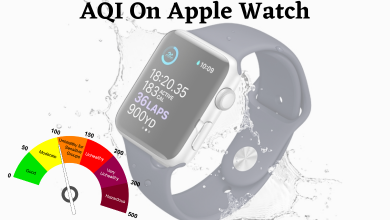MRP is a term used for “Material Requirements Planning,” which involves forecasting future demand for materials in the manufacturing process. MRP software was developed to help manufacturers demand forecasting, lead time estimates, and production scheduling — processes they need to master to produce the required quantity of materials and products.
But some brief history first. Neil Waters originally designed the MRP system at Boeing Aircraft Company during 1969-70. The idea was sparked after recognizing that lack of control over material movement prevented accurate forecasts. MRP software was then implemented throughout Boeing plants in the early 80s.
During 1990, MRP II extended MRP software capabilities to handle complex manufacturing environments. This was particularly helpful for manufacturing businesses with more than one level of subcontractors, which requires interaction between those levels through transfer orders. MRP II helped companies reduce their inventory holding costs by around 14%. And also reduces the overall cost of MRP system implementation and requires less training than MRP systems. MRPII is not just limited to manufacturing but can be used for all business planning, scheduling, and control activities at every stage of development.
But the development of MRP software didn’t end there. During the 2000s, MRP III was designed to provide more flexibility and accuracy in forecasting demand, make MRP compatible with increased levels of customization, and integrate supply chain management activities along with MRP functions.
Today, MRP software continues to help companies improve their return on investment by making better scheduling decisions based on accurate forecasts of demand. MRP also has a workflow management function that aids managers in managing complex scenarios involving multiple resources. MRP can be customized as per company-specific needs or industry-specific requirements. It is applied extensively in the automotive, aerospace, electrical, industrial equipment, and medical industries.



